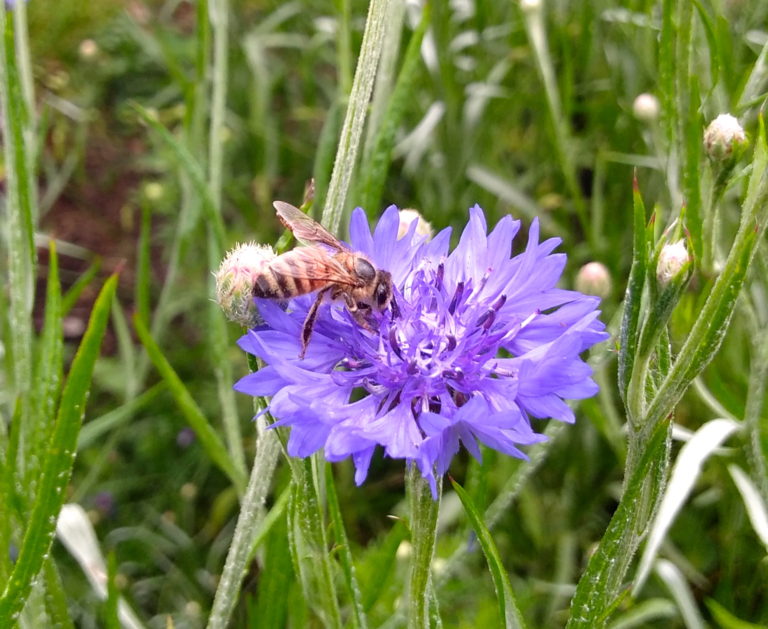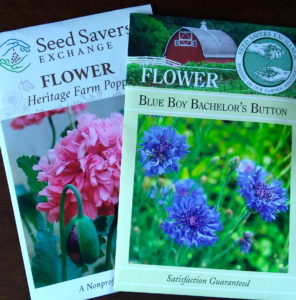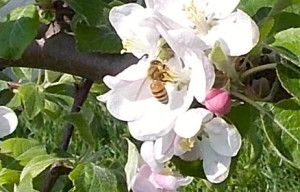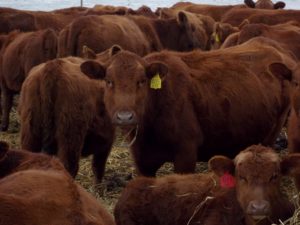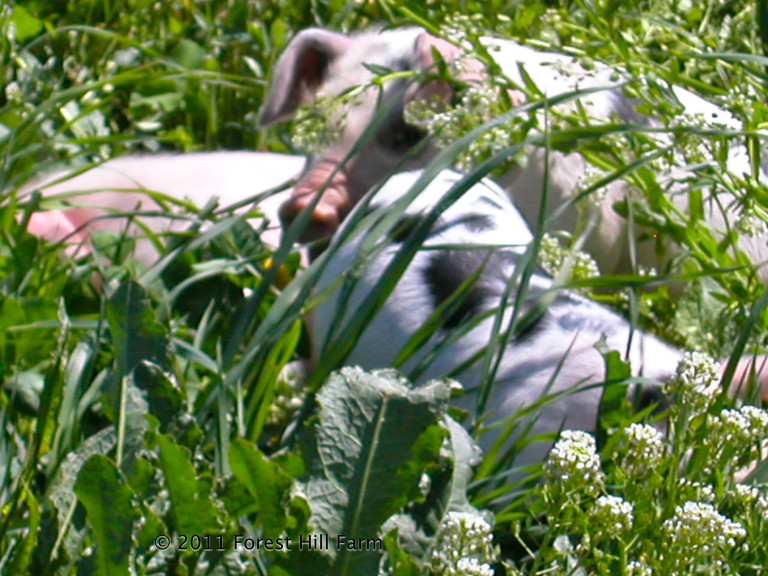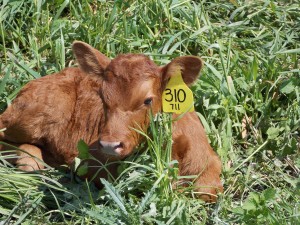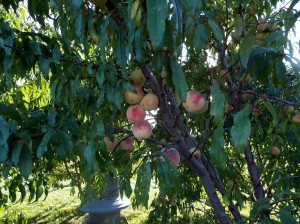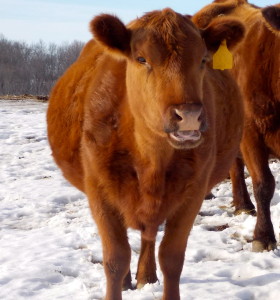Twenty-six years ago we decided to go organic. Now, two healthy young men later, we're still committed to healthy farming. That's why our farm is certified organic.
Many hours were spent learning about grass-fed meat and the benefits of raising food organically.
The Reasons to go Organic
Here are the two primary reasons we started organic farming ...

Cookie
and
Garrett.
They grew up on organic fruits, veggies, grass-fed raw milk and organic meat.
Both have grown and the farm has, too.
The boys live overseas and look forward to beef and dairy when they get home. They don't eat much of either one in Vietnam.
Our son and his new wife will be here soon. He asked if we're milking Blossom, the house cow. She'll calve in the next few days. Ten days after calving we'll separate her calf at night and reunite them after milking each morning. Everyone is looking forward to good milk.
Another reason to go organic, Our first grandson, Max.

Organic, grass-fed meat is better for kids
Studies show that Pesticides lower IQ scores. Evidence suggests that genetically engineered food may contribute to Autism, Attention Deficit Disorder, and allergies in children.
Here's Some Good News...
The organic Trade Association released a new and expanded survey on organic attitudes of U.S. Families.
Twenty-five percent of the millennials in America are parents. In the next 10 to 15 years, 80% of millennials will be moms and dads.
This generation is a huge supporter of organics. The survey shows that becoming a parent deepens the desire for consuming organic products.
If you're not a dad yet, here's an important suggestion;
Change Your Fruit, Not Your Underwear
The age-old solution of switching from briefs to boxers is outdated. To father a child change the fruit you eat, not your underwear.
Researchers at Harvard University surveyed 155 men who sought fertility treatments. They found subjects who ate more soft skinned produce, like potatoes, grapes and apples, which contain higher levels of pesticide residue, had half as many sperm and fewer normally formed sperm than men who ate more thick-skinned produce like avocados and pineapple. Study author Jorge Chavarro tells The Washington Post, "It was actually very surprising that we were able to identify such a strong association, I think this raises a lot more questions."
Here's another reason to go organic
Glyphosate (Round-up) Detected in Pregnant Women
Researchers from Indiana University and University of California San Francisco have linked glyphosate exposure in pregnancy to shortened gestational length.
93 percent of a study group of pregnant women in Indiana had detectable levels of the glyphosate in their urine. Those with higher levels delivered earlier compared to those with less or none.
Overall, glyphosate exposure during pregnancy is associated with shorter pregnancies, which correlate with lifelong adverse health consequences for children.
Most Importantly...
Herbicides, pesticides, and the misuse of antibiotics in livestock feed is death by a thousand cuts.
It's incremental exposure over time that creates the tipping point in our health.
Your children are counting on you to limit their exposure before it's too late.. .
How do avoid the overload in the human body and environment?
- Don't support the chemical companies.
- Buy organic food for your family.
- Buy organic seed for your garden.
- Buy bee friendly plants and seeds.
- Use earth friendly products.
Additionally, spend your money on items that YOU believe in. Products that are safe. Food that is nutritious, clean and organic.
Spend your money on items that Do No Harm.
Here are a Couple of Links to Check-out
Poisoning our children by Andre' Leu
Consumer Reports Banned Drugs in Meat
EcoWatch, Glyphosate detected in pregnant women
We'd love to serve you as a customer. However, if you're not in our area find a farmer that's committed to your health and sells pasture raised meat. EatWild.com has listings by state.


 We haven't seen a Red Tailed hawk on this farm in three years. Where have they gone? The barn swallow numbers are declining, too. As a matter of fact there are fewer birds in the area. Their numbers have declined in the last few years. The peripheral area surrounding the timber, where the brambles and wild flowers are abundant, is prime nesting ground. The wild turkeys and pheasants are thriving but the local and migratory bird numbers are dwindling. Bird and Flying Insect Populations are on the Decline
We haven't seen a Red Tailed hawk on this farm in three years. Where have they gone? The barn swallow numbers are declining, too. As a matter of fact there are fewer birds in the area. Their numbers have declined in the last few years. The peripheral area surrounding the timber, where the brambles and wild flowers are abundant, is prime nesting ground. The wild turkeys and pheasants are thriving but the local and migratory bird numbers are dwindling. Bird and Flying Insect Populations are on the Decline